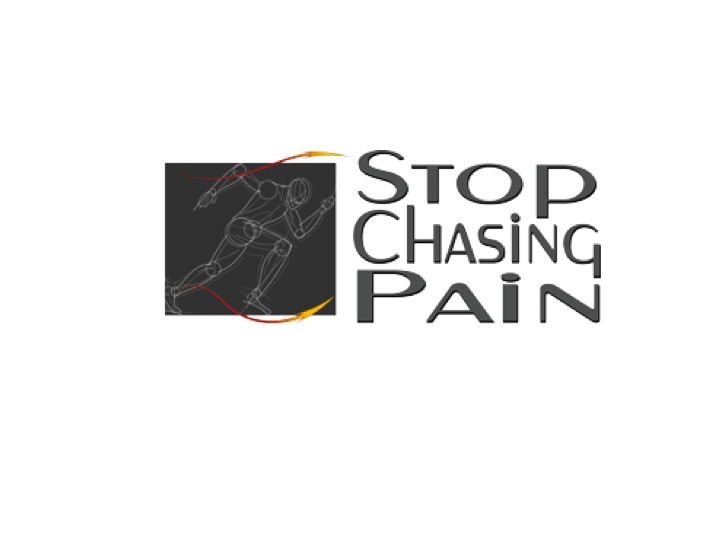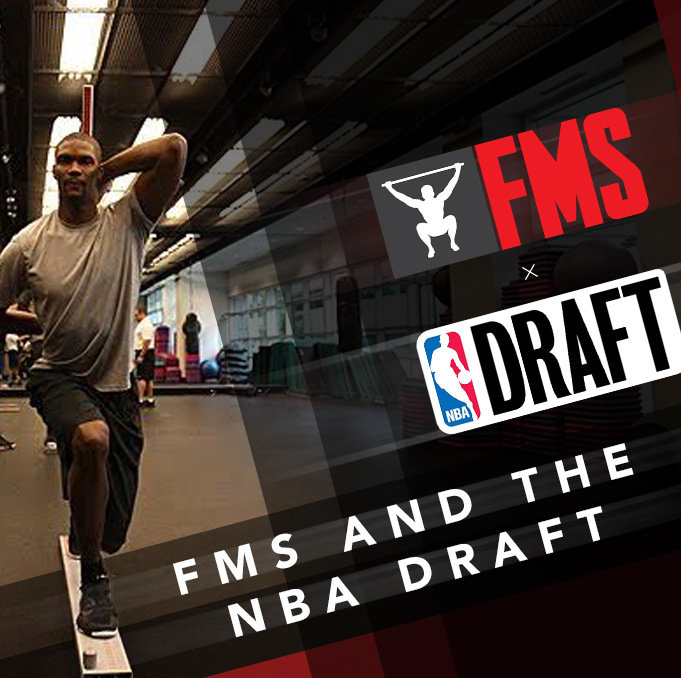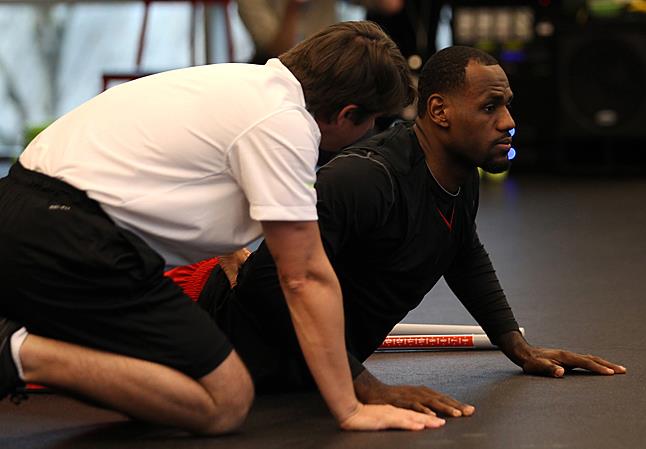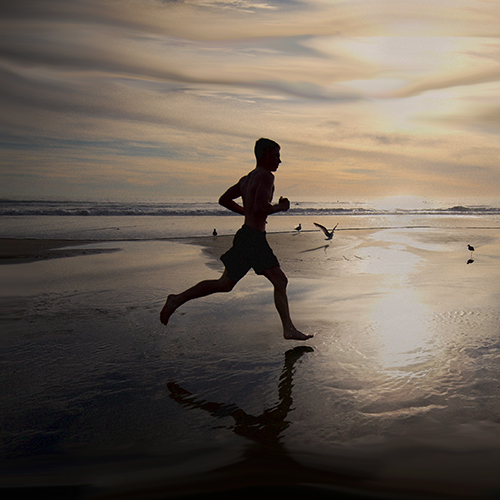Conflicted 2: The Jump Study
Written by Gray Cook FMS
This is the second article in a series centered around various conflicts that I have had to resolve in my personal and professional movement journey. In a previous article I touched on my struggle with the parts versus patterns perspective, so that’s where we’ll pick up here . . .
Parts versus patterns: One isn’t better than the other and both have a place of consideration. There . . . I said it.
All my life, if I ever wanted true answers, I never got them by asking more questions. I had to take action on the few questions that were answered to see if what I thought I knew was true. My entire journey through strength and conditioning centered on one concept: Specific Adaptation to Impose Demand.
The SAID principle is something I think we all understand . . . and underestimate.
Think back to ancient Greek story of Milo of Croton. You know that one, right? I like this tale so much, I put it in the front of Athletic Body in Balance, my first book. Milo basically found a young calf and lifted and carried that calf every day. The progressive loading of the calf’s weight gain gave Milo a chance to challenge himself. The key is that the weight accumulated at such a slow rate (let’s say two pounds per day) that his body could match exactly the workload of the next day by managing both the stress and recovery created by the previous day. By the time the Olympic games came, Milo was able to walk around the track with a fully-grown bull in his arms.

I think Milo’s story begins in reality and ends in mythology. It’s the Greeks’ way of explaining the SAID principle: You don't get strong in a hurry. It takes specific adaptation to progressively imposed demands to get you there. Milo made sense to me: the human body, with the right amount of stress, will grow. Likewise, with too much or not enough, it will also grow . . . usually in the wrong direction.
Unfortunately, in the worlds of strength and conditioning, sports medicine and orthopedics, we often make assumptions to the detriment of this simple truth. One of the biggest assumptions we make is that the neurological system is optimized. Let’s flip that thinking. If the neurological system is not optimized, then many of the perception and processing decisions we make with movement that happen at a subconscious level will be incorrect. We'll overshoot or undershoot the target, which will keep us inconsistent, inefficient and ineffective.

I reconciled this conflict by understanding that, long before we have a positive adaptation, we should have positive response. Response is the way the body immediately acts to a stress or a stimulus. If I flash a light in your face, your pupil constricts. If the light source is removed, your pupil returns to normal. That is simple example of a response. An adaptation is a true physical change that remains even though the stimulus has been removed. If you weight train over a period of time, you will develop muscle, and if you miss a workout or two, that muscle does not go away.
But we weren't simply made to adapt to workouts. We were made to adapt to environments, lifestyles and workloads. You know people with active lives and healthy habits who can maintain a physique that others must work diligently to maintain. One lifestyle will support the physique, and the other will not . . . without supplementation. That supplementation is the exercise and the workout.
My interest in adaptation left me with a lingering question:
Is a system already optimized if it doesn't have a neurological problem, or can the system be further optimized to make the most of movement stress, as well as maximize the benefit of the investment?
I sought my answer when I was in PT school at The University of Miami. I designed a research project to try to answer that question myself. How much could human power improve, without a workout, with just an optimization opportunity? That optimization opportunity would be targeted at perception, not behavior.
Most of the time in movement, coaches or trainers simply take command of a behavior. If we want your legs stronger, we introduce you to a squat rack. If we want you to hip hinge better, we introduce you to a dead lift, and we say, "Behave this way with this weight, and you will become strong." However, anyone who truly understands behavior realizes the best way to change, and then maintain, a certain behavior is to first change perception. If we perceive things differently, we automatically behave differently, and those automatic triggers and signals are very important to many of our movement behaviors. The most fundamental behaviors gained in growth and development are the basis and foundation for many of the complex behaviors we express. If we're not reading the signals for basic behavior, then any other more complex behaviors are built on a faulty foundation.
I decided to explore the vertical leap in my research project at U of M. Vertical leap has long been considered a true test of human power; since gravity affects all bodies equally, we can compare two completely different size and shape humans against each other at body-relative power. The individual who jumps the highest is demonstrating the most power against the gravitational pull of their body. We could assume good jumping needs to be taught, or we could believe that basic jumping is a primal activity that has a pattern and sequence that is most advantageous if one is aware and uses feedback correctly.
My central question: Did people jump better after they were:
1. Told how to behave during jumping, or
2. Stressed during jumping, or
3. Forced to acknowledge and correct mistakes while jumping?
I set up a research project with 25 males and 25 females who were randomly selected into three different groups. Each of the groups had a pretest of their vertical leap height and their reaction time from the stimulus they were told to jump to the point where they hit their mark vertically.
From there, each subject went behind a screen so as not to be seen by the person that tested them. There, each jumper was to perform 10 repetitions of group-specific jumping activity.
The control group was told to jump as high as they could and as fast as they could for 10 repetitions.
The second group was given a significant amount of resistance by putting on a shoulder harness that had heavy bungee cords pulling them to the ground. As they jumped against that resistance, they were slammed back into the ground, both by gravity and the addition of the elastic bands. We simply made the jumping activity harder, assuming that if we stressed you, you may come back stronger.

The third group in my study would not rely on overload or the SAID principle, but would still use a small amount of resistance, not to stress behavior but to improve perception. Group three had two small pieces of elastic band held in their hands. They were ‘tied’ to the floor by them and they jumped vertically against this resistance, but now they were resisted from their fingertips to their toes. Their entire body had to overcome this light level of resistance that wasn't enough to stop the jump. It was simply enough to throw you off balance if you were already slightly off balance. Those people who didn't get the bands up overhead as they were jumping were pulled forward. Those people that jumped a little off-center to the left were exaggerated and pulled slightly to the left. Those hyper-extending when they jumped were pulled off balance in a backward position and those who jumped off to the right got that activity magnified.
Every time a mistake was made, nothing was said by the supervisor of the study. They were simply allowed to refine their jumping technique through their repetitions. With no instruction, coaching or verbal correction, the subtle resistance that magnified the mistake helped refine the jumping technique, or at least that's what my hypothesis hoped to demonstrate.
Most of the governing bodies in the realm of strength and conditioning will tell you that if you start resistance training in a new activity, you will actually have your greatest strength gains in the first four to six weeks of that new activity, but very little of that strength improvement can be attributed to you developing stronger physical tissues. In that early time frame, you're not actually getting what we call muscle hypertrophy.
What’s happening then? Well, the improvement is explained by neural factors, but nobody in textbooks gives a much attention and space to neural factors.
We give a huge amount of space to muscle hypertrophy, muscle growth and strength gains, but we don't equally and democratically discuss the non-tissue-based strength gains against the neurological optimization strength gains. What is happening is that we learn to use our parts in a complementary way . . . the whole is greater than the sum of its parts. We optimize the application that is this new activity before we start adding tissue to help support the SAID principle, which is allowing us to then physically adapt to the activity now that we've been doing it for a while.
In the beginning of an activity, there's a huge amount of gain in performance without a lot of gain in tissue. When the body plateaus in its ability to continue improving, then and only then, it will allocate its precious resources, the calories that we take in, toward building greater bone density, reorganizing fascia and developing muscle tissue and tendons.

After 10 repetitions of either control, heavy resistance or light perceptive resistance, the group went back and was tested three more times for jump height and reaction time. Here's where the study got interesting. My professor suggested that the jumps all three groups would benefit from the warmup activity of their practice reps, so all three groups were told to go sit and rest for 30 minutes against the gym wall. After that wait, we could retest them and see what the differences were. If the physiological benefits of a warmup should be negated after 30 minutes of rest, then any improvement or decline in jumping could reflect on the way the neurological system learned or did not learn about jumping.
Thirty minutes later, group three, those who had their mistakes magnified in a nonverbal but proprioceptively rich way through light resistance, actually had better power with jumping and better reaction time than either of the other groups. That's a twofold improvement: They jumped further and quicker. This outcome, to me, demonstrated that by giving the body an opportunity to have a mistake magnified or amplified, and then also having an opportunity in a quick and almost subconscious way to self-correct, a learning effect occurred that was not measured in the control group or the group jumping against heavy resistance.
The Jump Study was a successful research project, but the perspective I gained gave me guidance in my strength conditioning life and in my orthopedic life: I would never again assume that the central nervous system has been optimized. The CNS is the quickest adapting system in the body, so when it isn’t optimized, why don't I feed it what it craves? If we do that, it will be an ally to learning and it’s positive responses will be an asset to adaptation.
Only one of the jump exercises demonstrated a same-day positive response, and that was the lighter resistance in a proprioceptively rich environment that was self-limiting. It created an environment where self-correction was possible, demonstrated and measured. I also knew that the jumping ability gained by many of these people wouldn’t last 24 hours or 48 hours. That didn’t concern me because the small amount of time that it took them to do 10 repetitions gave them better neurological jumping ability that lasted at least 30 minutes, possibly longer — the length of the average practice or workout.
What if other activities, opportunities and skill-based drills were introduced in a similar 30-minute window of optimized neurological sequencing? I think they’d demonstrate learning at a subconscious level, expressed in a positive response.
Regardless of what my textbooks said, I formulated a process that helped me resolve my conflict about the SAID principle. I would never assume adaptation again if I couldn't measure positive neurological responses along the way. At some point, we know you're going to really have to train hard to get muscle development, but training hard at the loss of technique means you're taking tissue over processing. If you cannot train with proper technique, then you will actually train to compensate, substitute and lose technical ability. You will exploit individual body parts while overriding your natural subconscious reflexes of spine sparing, joint alignment, centering your mass over your base of support and using your angles and levers to your advantage.
True adaptation is built on measured, favorable and positive responses — you will get the adaptation you need and the tissues will grow, but with no insult to the neurological system along the way. If I can't measure a positive response to an intervention, it would be unfruitful to base an entire program or an assumption of adaptation on that path. I haven't forgotten that lesson to this day.
It’s the central basis of Functional Movement Systems.
Check out Gray's Conflicted 2 talk on YouTube.
Related Resources
-
NBA Pre-Draft Assessments and the FMS
Posted by FMS
-
FMS and the NBA
Posted by FMS
-
Movement Principle # 1
Posted by Gray Cook





